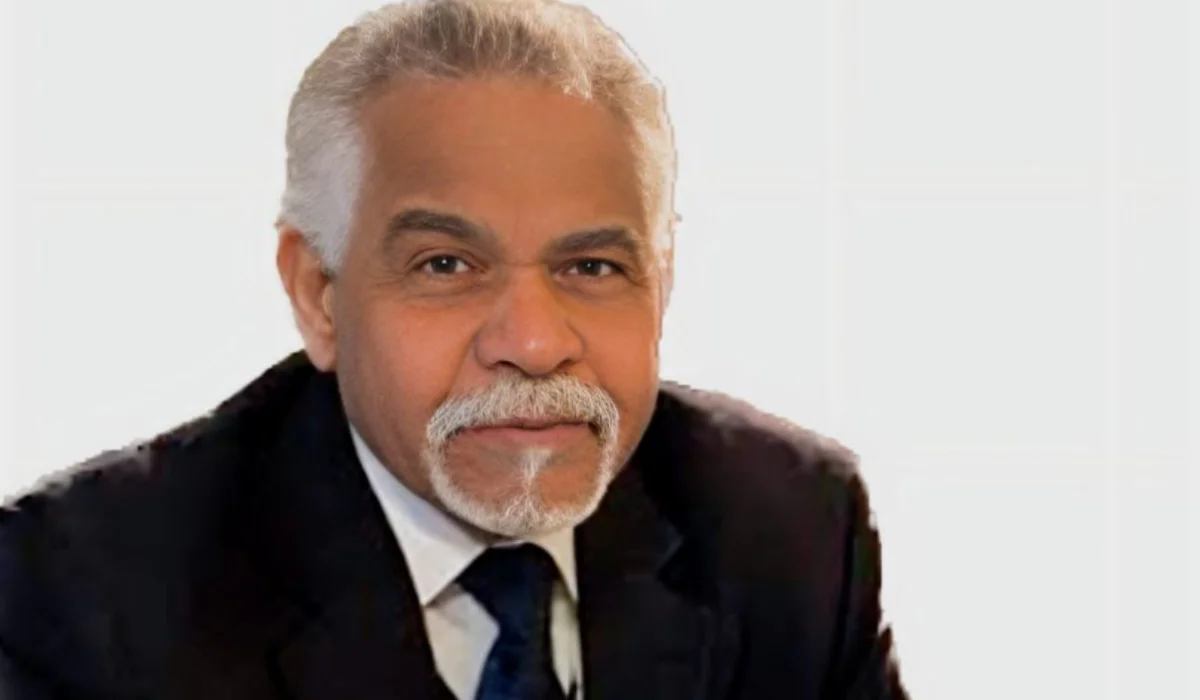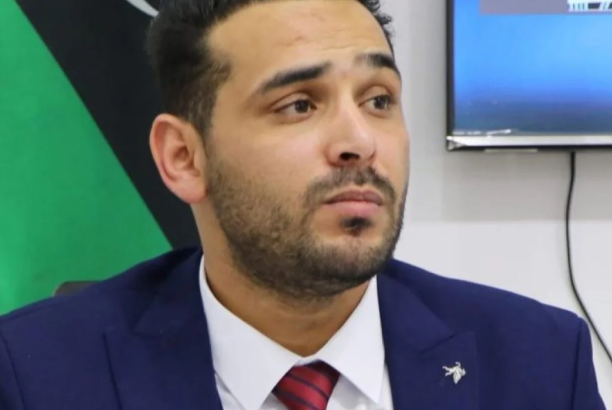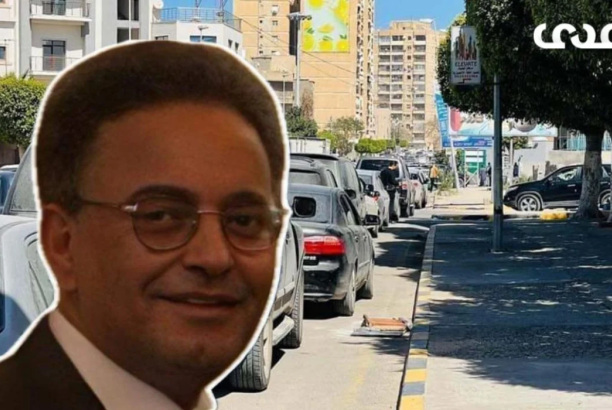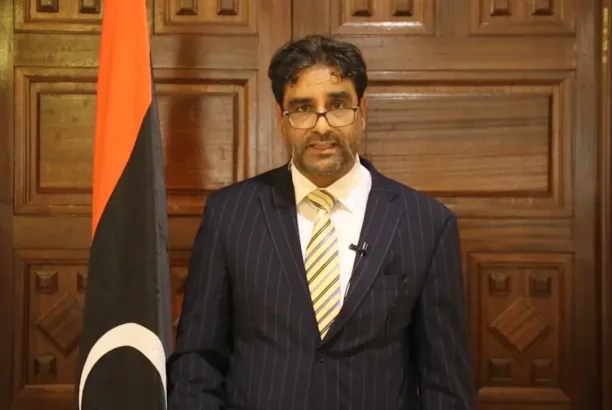Written by economic expert Mohamed Abu Snina: What we have repeatedly warned about has now occurred. Although much of what was mentioned in the statement issued by the Central Bank of Libya today is known to many, it serves as a declaration and warning that what lies ahead will be worse for the Libyan economy and the ordinary citizen. Distortions have affected the foundations of the macroeconomy. When the public debt to GDP ratio reaches 125%, when public expenditure exceeds total income by 165%, and when the economy suffers from a deficit in the general budget and the balance of payments (also known as the two gaps), then the economy is in a real and dangerous crisis.
When foreign currency revenue in the first quarter of 2025 is about 4.6 billion dollars, this predicts further deterioration of economic conditions, and the Central Bank will not be able to defend the exchange rate of the Libyan dinar, exposing it to further depreciation.
The Libyan economy is threatened by entering a double inflation spiral and a deficit, with the financial sustainability of the state faltering. The government may cease its operations (government closure) as oil revenue is no longer sufficient to pay salaries from the public treasury following the sharp decline in oil prices.
In the face of these unprecedented conditions, those at the forefront of the scene and the House of Representatives have no choice but to abandon political wrangling and take urgent measures to save the present and future of the Libyan economy, and to prevent further deterioration in the living standards of citizens. These measures should include the following:
First: Assigning a small rescue government across all Libyan territories, halting the waste and imbalance in public expenditure, and taking responsibility for preparing and implementing an economic and financial reform program that is presented to the House of Representatives and issued as law.
Second: Approving a general austerity budget for the state before the middle of the fiscal year 2025, within the limits of available resources and the absorptive capacity of the national economy.
Third: The first application of the reform and rescue program should target government institutions themselves by truly unifying divided sovereign institutions, making them accountable and subject to follow-up.
Fourth: Reducing, abolishing, and restructuring many of the newly established administrative units (ministries, embassies, public institutions, and agencies), and reducing the number of employees within them.
Fifth: Reorganizing the priorities of developmental spending and seeking sources of financing outside the general budget, reforming subsidies, combating fuel smuggling, and tackling money laundering activities.
Sixth: The Central Bank commits to not lending to the government or financing any unlisted expenditures in the general budget. It should work to limit the increase in the money supply, improve the use of exchange rate policy, and not use this policy to address the results of inefficient public expenditure policies. The Central Bank should cease destabilizing the exchange rate and recognize that adjusting the exchange rate will not solve the problem of the disorganized Libyan economy.
Seventh: Subjecting revenues from crude oil and gas exports to accompanying review and audit, limiting the National Oil Corporation’s authority in handling oil revenues, and ensuring full and transparent remittance of these revenues to the Central Bank of Libya on time.
Eighth: Consolidating and unifying all foreign currency reserves and deposits available at various state institutions (Libyan Investment Authority, Long-Term Fund, Libyan Foreign Bank, Economic Development Fund, and other institutions with foreign currency assets) in order to protect and manage them properly. These funds should be placed under the control of a single entity, the Financial Stability Committee, chaired by the Central Bank of Libya, to address potential challenges that may threaten the future of the state, and to be used to support the stability of the exchange rate of the Libyan dinar until the economic and financial conditions stabilize.
The required rescue program will come with economic and social costs that should not be borne by the citizens alone or vulnerable groups. The proposed rescue government must take full responsibility for reducing public expenditure, halting corruption, and abolishing many newly introduced spending items. It should focus on providing essential public services, ensuring security, protecting borders, eliminating new and duplicated administrative units, and working to increase non-oil sovereign revenue (taxes and customs duties), collecting revenues from domestic fuel sales, and remitting profits and surpluses from telecommunications companies and public enterprises to the general revenue account in the treasury.
Vulnerable segments of society must be provided with the necessary social protection to prevent them from falling below the poverty line. The proposed rescue government, relevant institutions, and all related entities (legislative, executive, and advisory) should focus on preparing a vision for the future of the Libyan economy, aiming to restructure it to diversify sources of income and reduce the oil sector’s dominance over economic activity in the long term.






